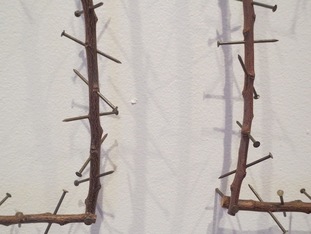 Detail of "Laura's Quilt" (1990), by Gyöngy Laky.
Detail of "Laura's Quilt" (1990), by Gyöngy Laky. Once I entered the gallery, I found an interesting and beautiful variety of textile works from around the world that share the same characteristics attributed to the 20th-century school of abstract art known as Minimalism. While the movement included such artists as Donald Judd, Sol Le Witt, Dan Flavin, and Agnes Martin, the pieces on exhibit were created by weavers and other artists/ARTisans, mostly from different cultures. However, they all use a gridded arrangement as a patterning device and/or repetition of simple geometric shapes. As the description of the exhibit states: These objects reflect the movement's core principle that there is a beauty in simplicity that is both universal and timeless.
What does minimalism mean to you--in art you view or art you create?
What examples come to mind when you think of minimalism and simplicity?
If minimalism and the simplicity of geometric shapes appeal to you, can you describe why? If they don't, what isn't appealing about them?

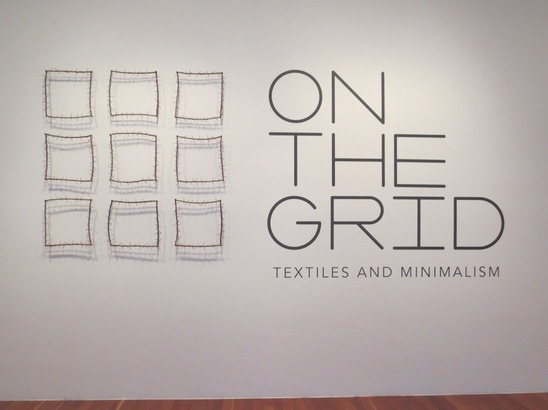

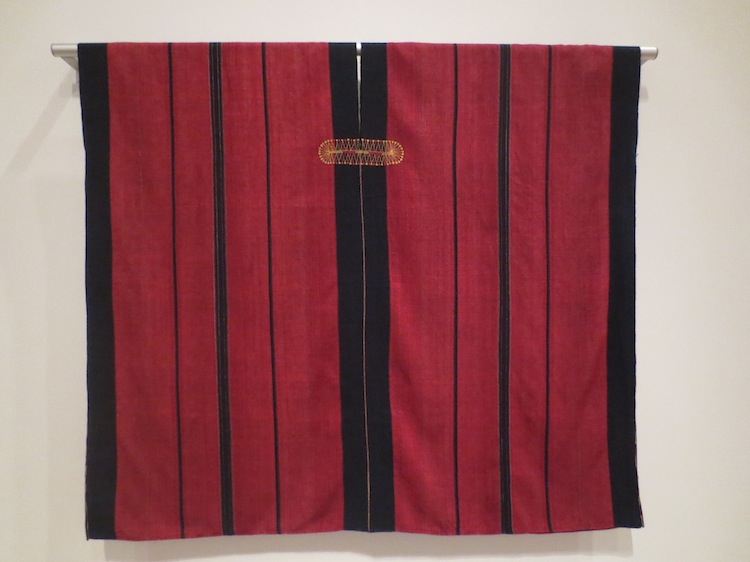
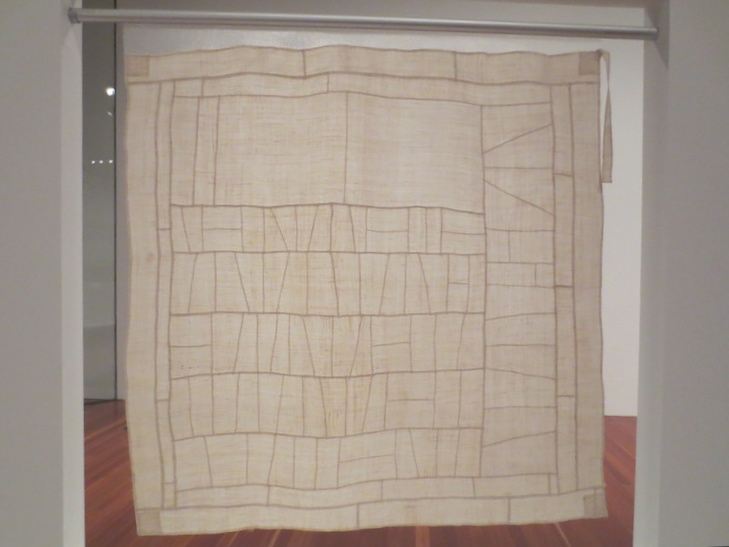
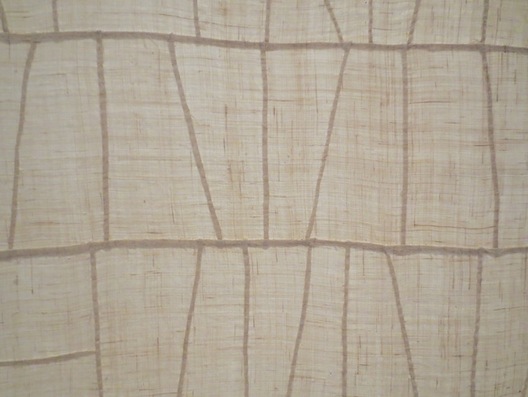
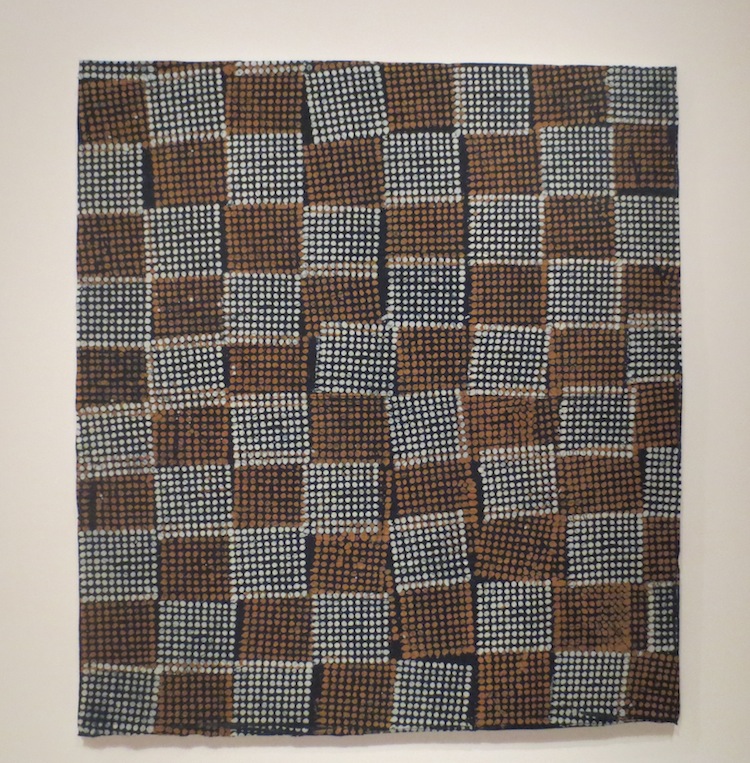
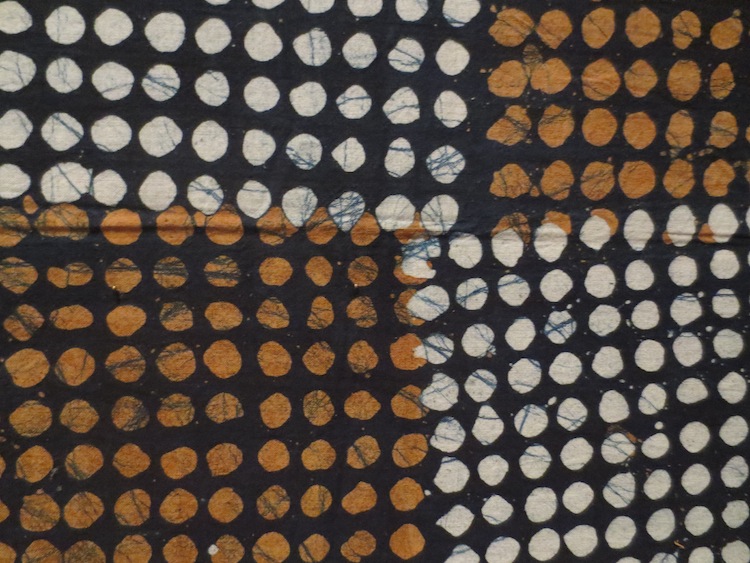
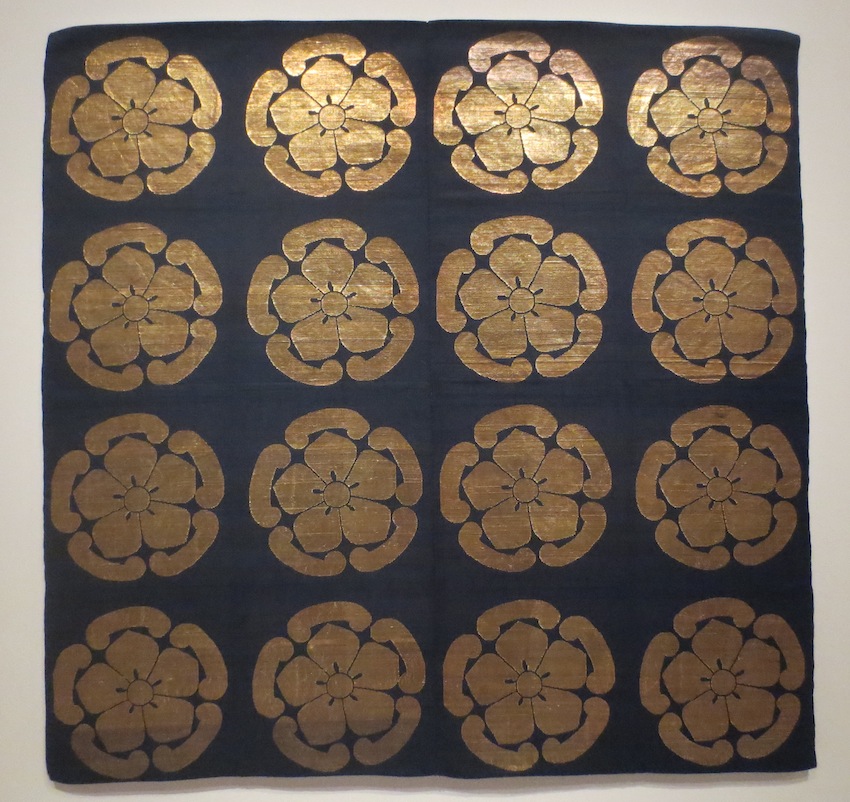
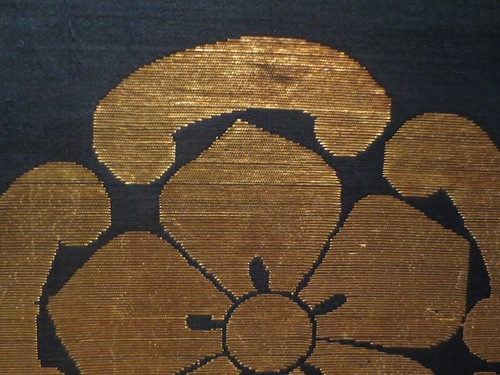
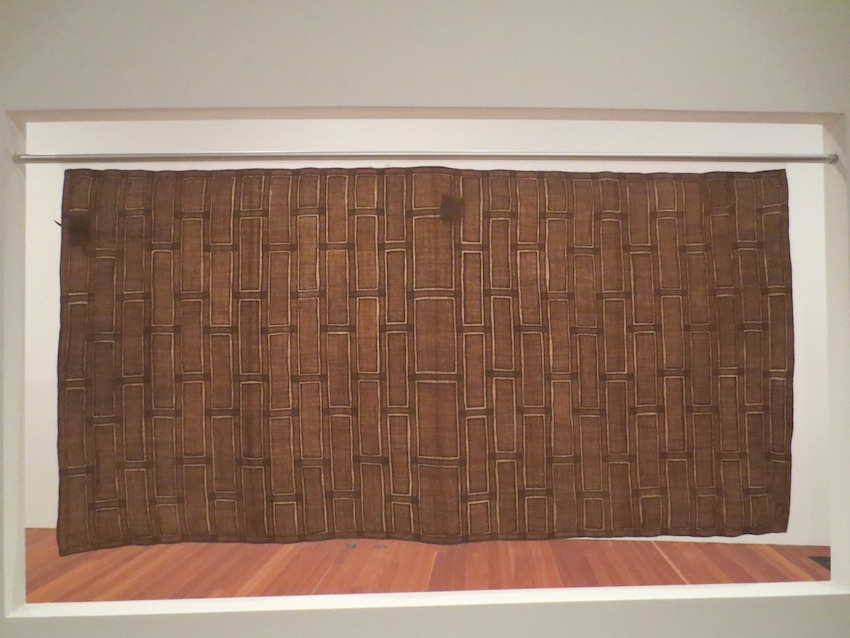
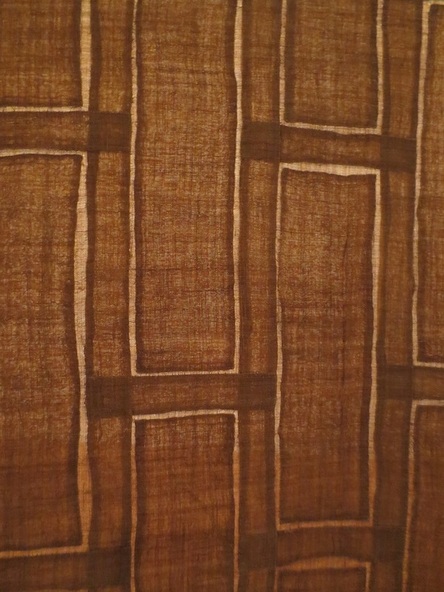
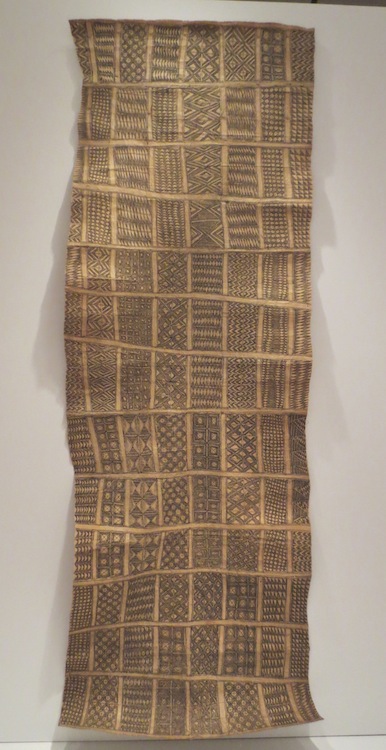
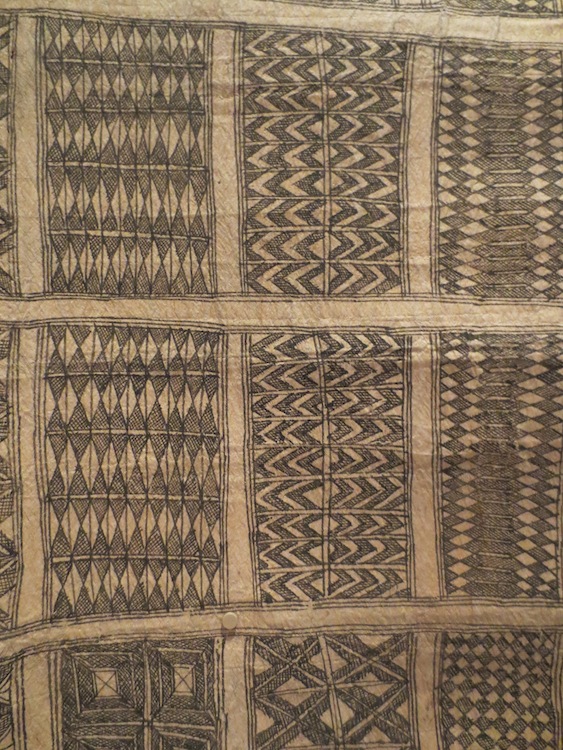
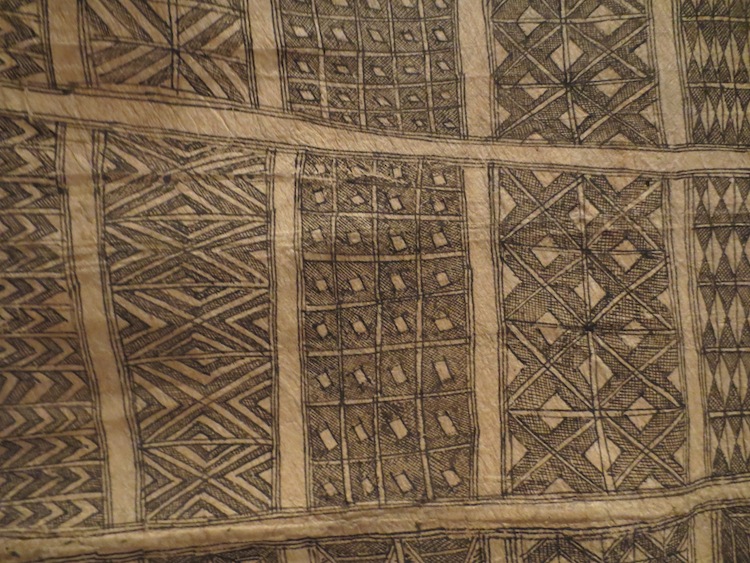
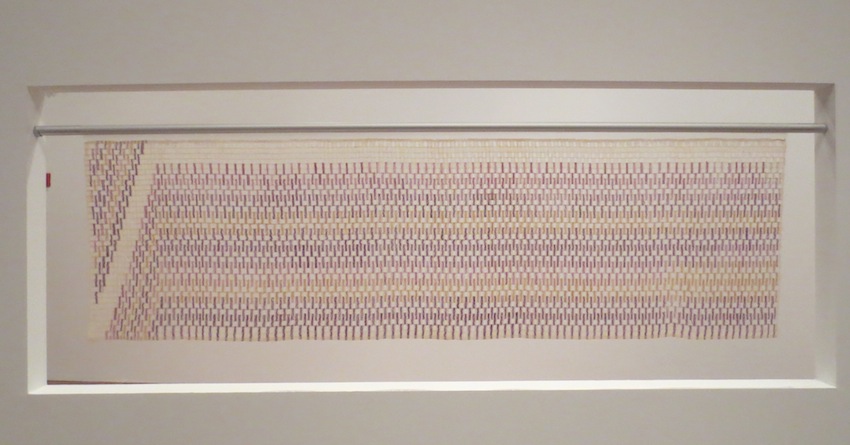
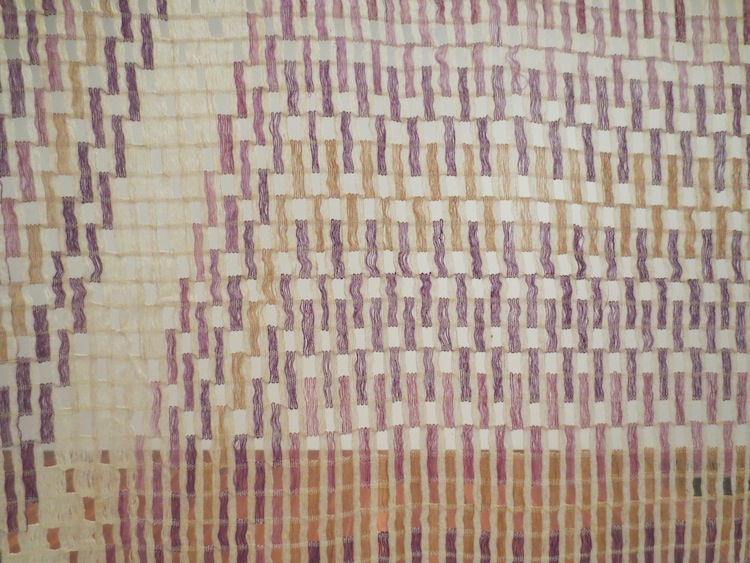
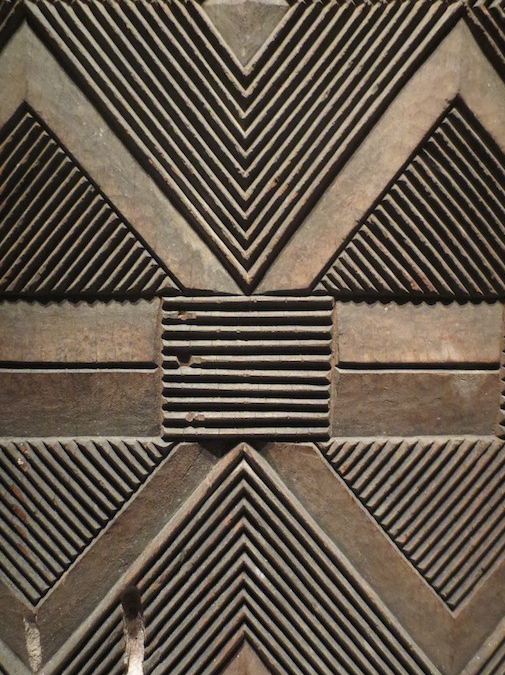
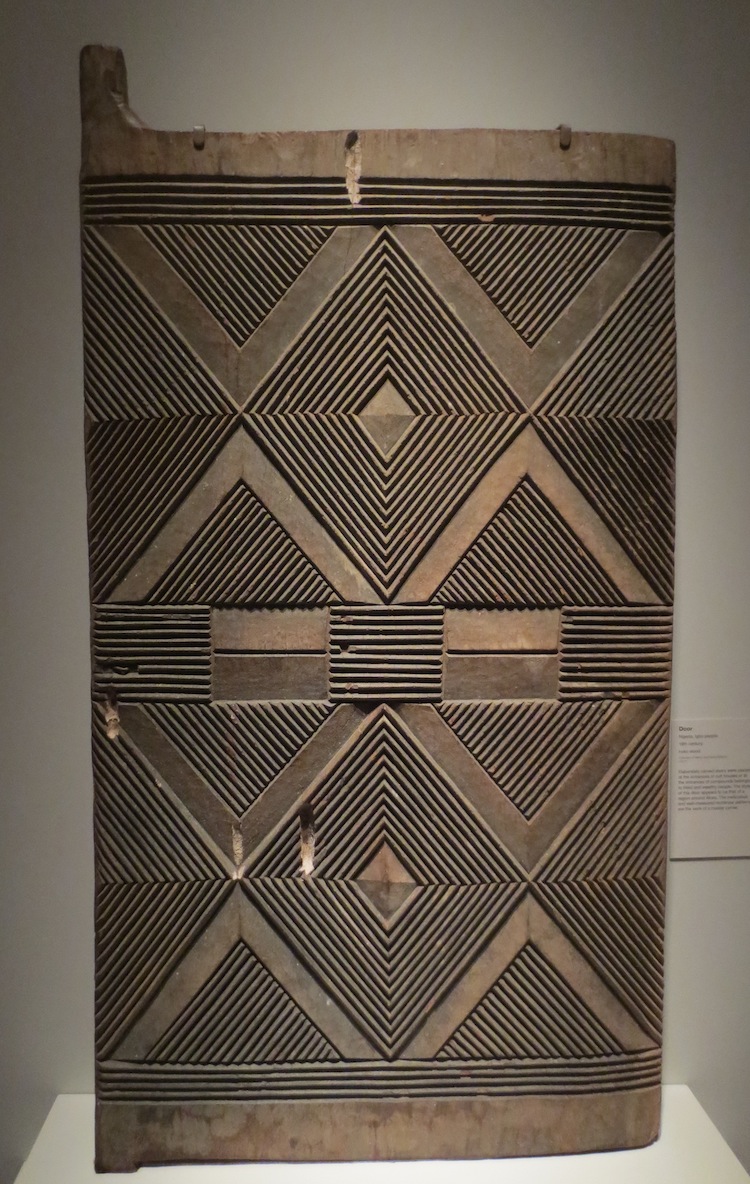
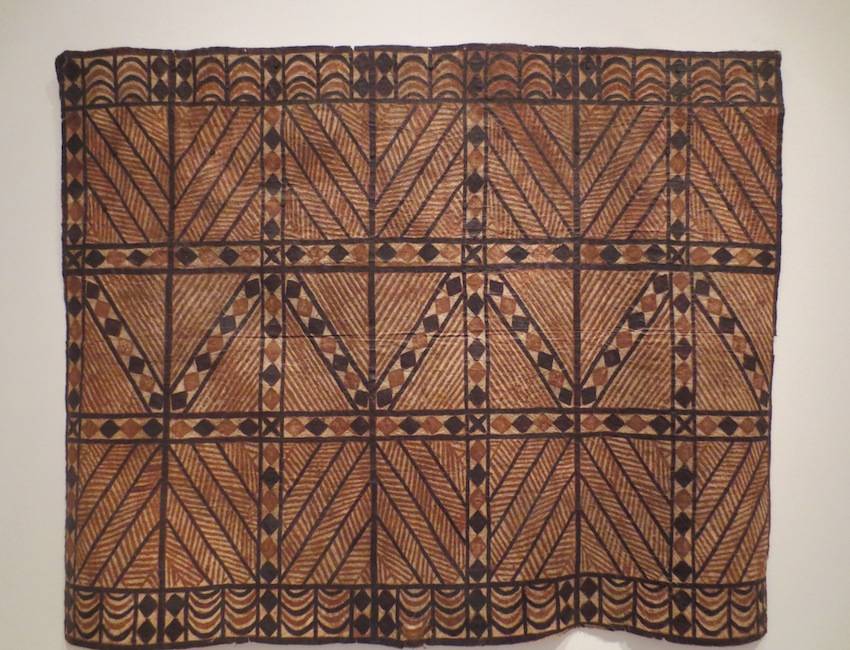
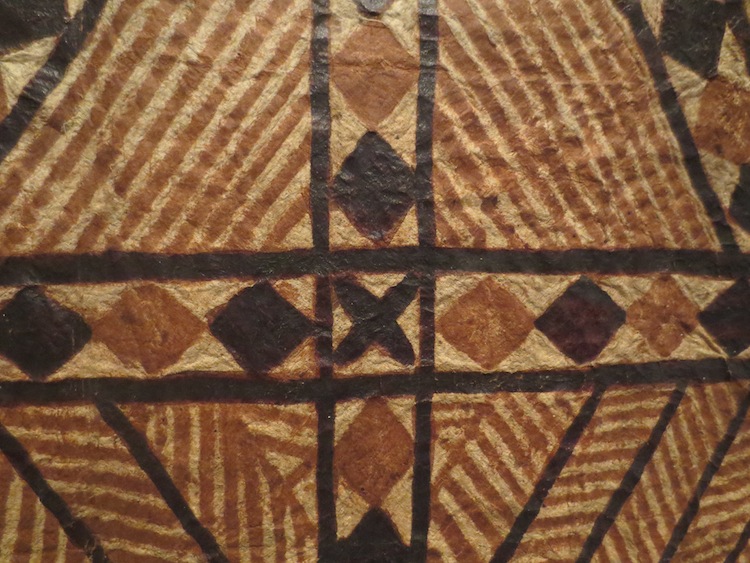
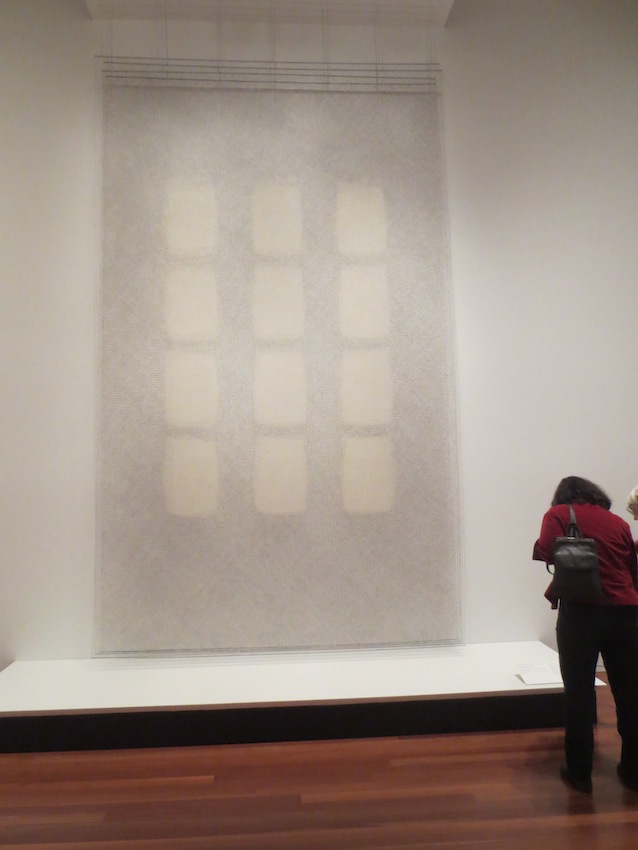
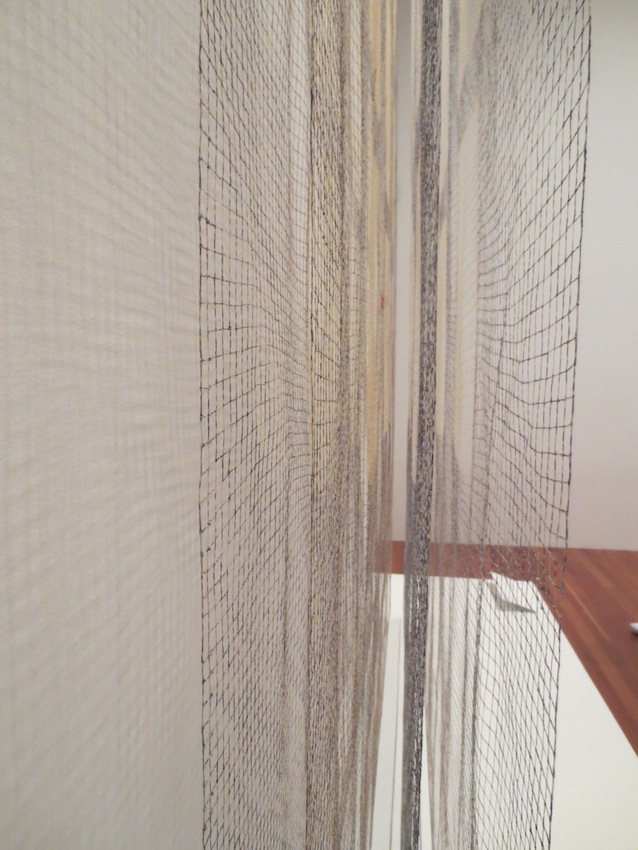
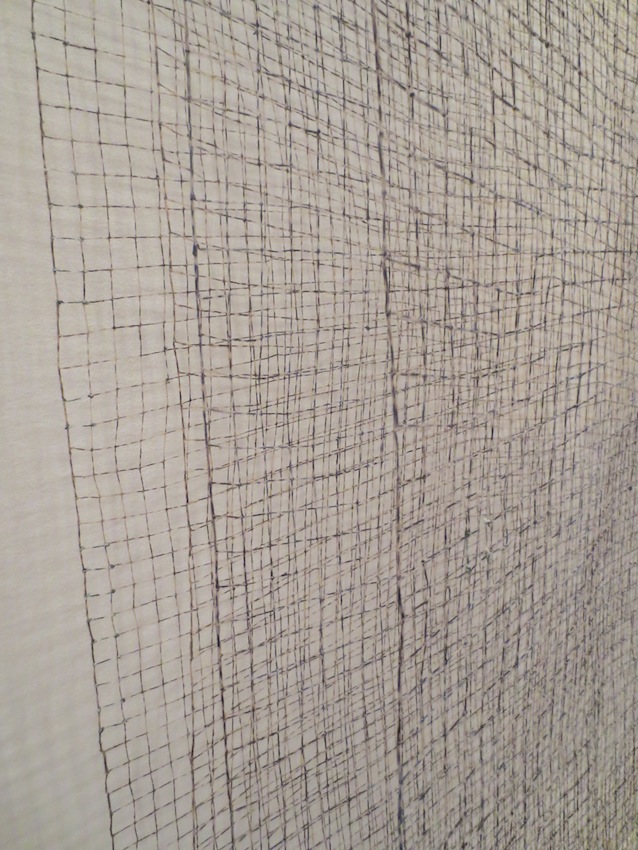
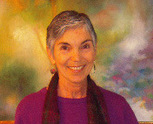
 RSS Feed
RSS Feed
